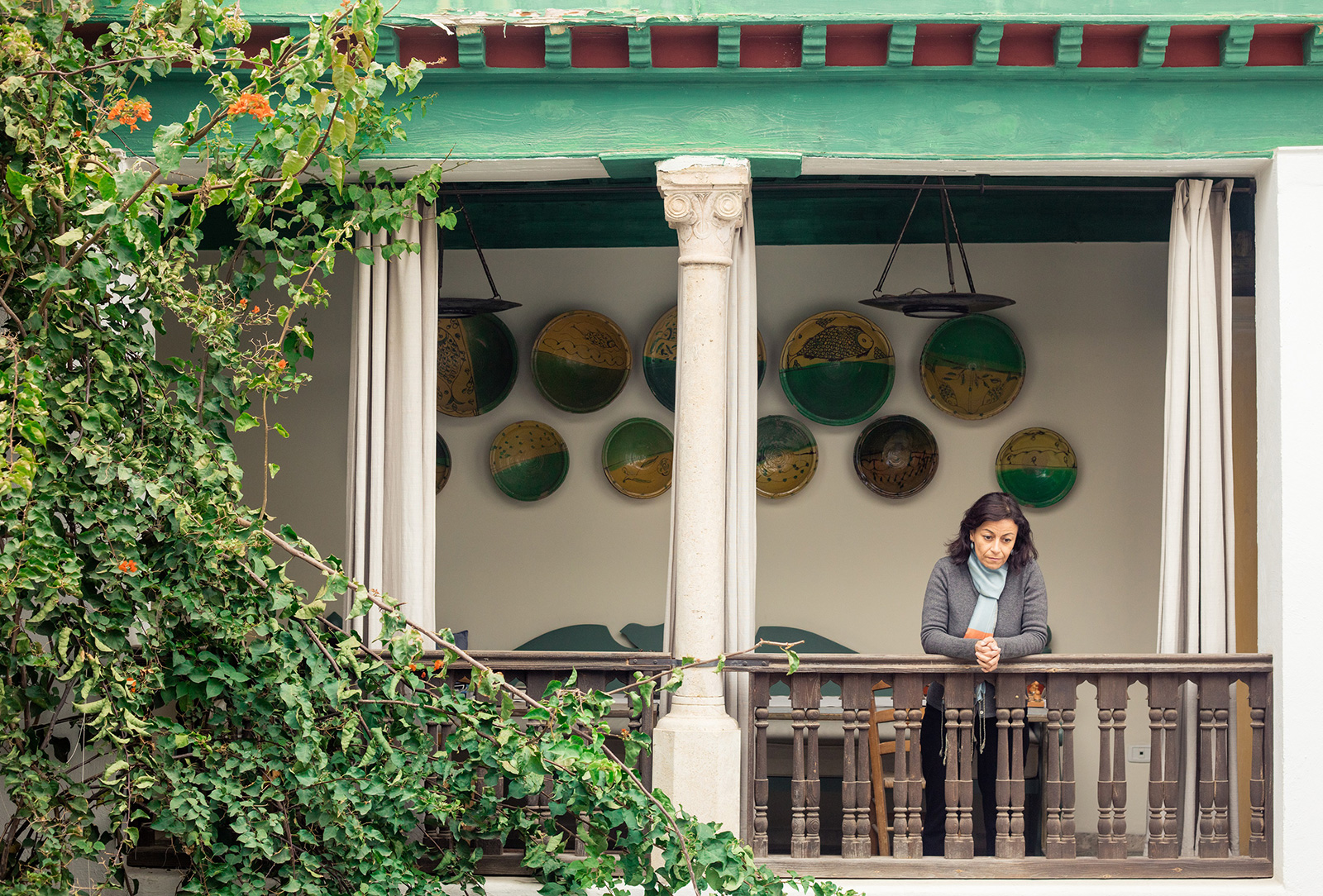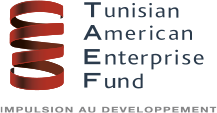In September 2013, I launched Dar Ben Gacem, a family home from the 17th century which I converted into a 7-room boutique hotel. When the beautiful house was put up for sale in 2006 by the family that had owned it for the past 300 years, not a single financial institution was prepared to finance the demanding transformation, especially since the building is located in the heart of the run-down, historical urban quarters of Tunis, within three minutes’ walk from the Kasbah, where civil rioting took place during the Tunisian revolution. My solution was to borrow money from my brother, who generously lent me the money necessary to purchase the house.
I am neither historian, architect nor anthropologist.
I am simply a believer in the immense and underestimated socio-economic opportunities that our heritage and culture can create. On the first day that I entered Dar Ben Gacem, I felt the value of the great Tunisian story, a story I immediately wanted to share with the world. I became determined to prove that cultural investments could have multi-dimensional returns on investments!
The restoration was a process of passion and resistance. Master artisans of various construction crafts were brought in to refurbish or restore the gypsum carving on the ceiling, the wood work of the courtyard windows and to repair the broken wall tiles which decorate the entire house. Recycled Carthaginian courtyard stones were removed and put back in place after the installation of new water pipes. Architects working for the Association of Medina Preservation monitored the restoration progress carefully to ensure that architectural findings were preserved while integrating the needs of modern life into the 17th century home.
Financing the restoration of this historical building posed another challenge. The project fell outside of financial institution loans. The only solution was to restore the building at our own pace as we generated surplus from our other work. At the time of the restoration, I was leading a national project for the economic inclusion of women through the development of the handicrafts sector in the UAE. I invested every Dinar from my generated income in the UAE in the restoration process of the Dar, which my retired father passionately monitored. The UAE contract allowed me to keep my restoration manager very busy for four long years.
Today Dar Ben Gacem is three and a half years old and the 7-room boutique hotel in the under-rated historical urban quarters of Tunis is among the top-rated hotels in Tunis on booking.com and has gained the ‘TripAdvisor’s Certificate of Excellence in 2016’.
This boutique hotel employs six staff members and creates important shared economic and cultural opportunities in the Medina. The return on investment is beyond financial: Dar Ben Gacem spreads a positive story about Tunisia’s past, trust in its present and confidence in its future, a story which is priceless to me. Based on my experience with Dar Ben Gacem, I have decided to embark on a whole new adventure of restoring a 2nd historical home. Even today, after the experience of restoring the first home, it is still almost impossible to find support and funding. Hence, all profits generated from Dar Ben-Gacem are being re-invested into the restoration of the new house.
In 2006, I launched Blue Fish, my first entrepreneurial adventure, a very modest start for a big dream. I had just resigned from a multi-national corporation as an engineer and decided that in the future, my only boss would be my passion for improving the economic impact of our Tunisian culture and heritage. I started with my own savings, which were exhausted after 6 months of hunting for the first customer. Finally, I was offered a consultancy contract with FAMEX (a fund to support Tunisian exports). The project focused on local handicraft exports to France, a field in which I had no experience.
Through working with artisans to develop their export potential, it became clear to me that export orders would follow improved product and design quality as well as international marketing. In international trade, the importer pays upon reception of the goods.
Artisans, however, usually do not have the cashflow to buy needed raw material to produce what is required for their export orders. Additionally, there are no financial institutions which provide funding for artisans.
The absence of funds to satisfy export orders leads to the loss of important income, a factor which is impossible to make-up in the local market. Seeing this market gap, I started using a part of my generated income as a consultant to lend upfront money to artisans in order to ensure that they did not lose their export orders.
Today I am more confident that our heritage and culture remain under-estimated by financial institutions as tools for sustainable socio-economic development and urban revival and women inclusion.





